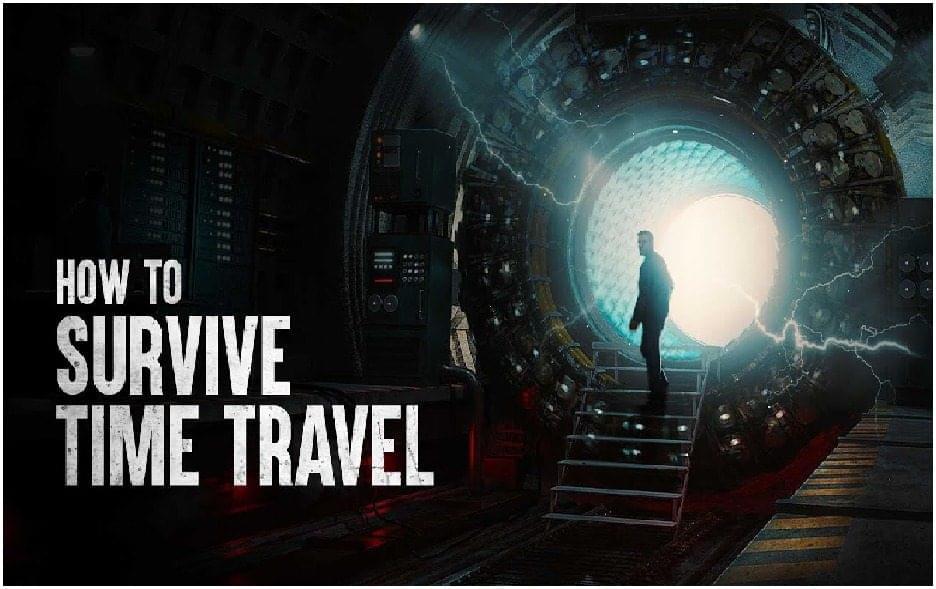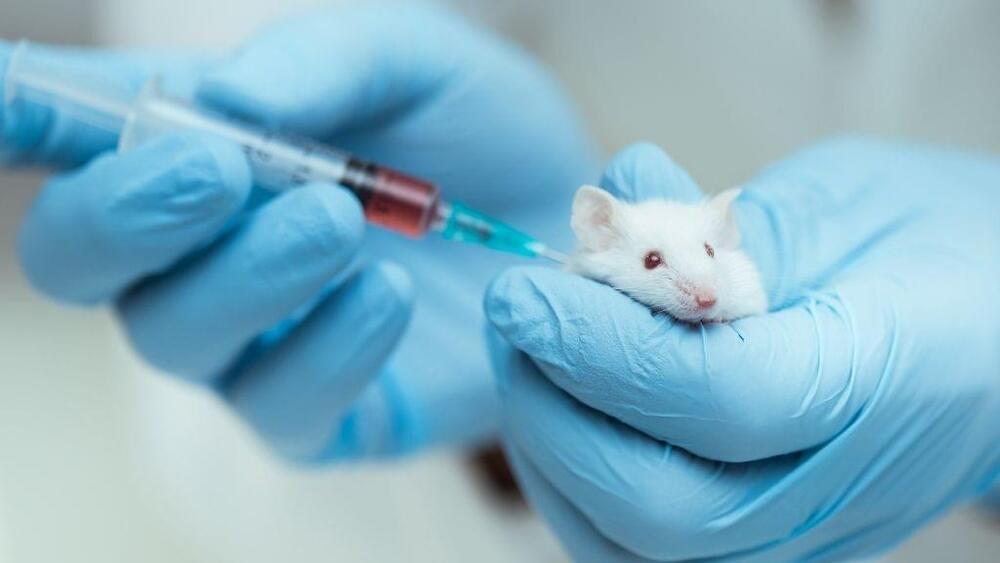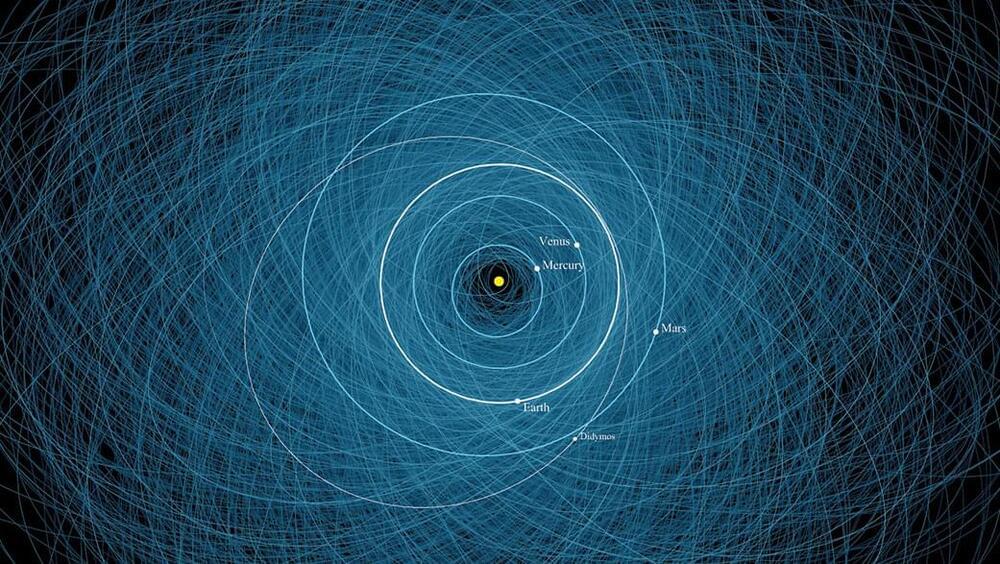This is a bit dated, but some famous scientists in here with really good info.; a must watch for those with interest in science based time travel.
Dr. David Deutsch discusses time-travel theories.
Antenna BBC 1992
This is a bit dated, but some famous scientists in here with really good info.; a must watch for those with interest in science based time travel.
Dr. David Deutsch discusses time-travel theories.
Antenna BBC 1992

A man, named John Titor, in 1998 claimed that he arrived from the year 2034. He described his time travel in great detail and vanished!

A Canadian hemp company just bought nearly 1,000 acres of land in Colorado as part of a new plan to showcase how hemp can be used to help build affordable housing.
Although most of America’s new hemp industry is focused on producing CBD and other cannabinoids, some companies are still using this remarkable plant for more traditional uses.

An experimental vaccine successfully eliminated aging cells from the bodies of mice, helping to prolong the rodents’ lives and reverse some signs of age-related disease. The researchers say the experiment is a step on the road to a similar vaccine for humans, but could it really work?

Clean energy sources generated a record 834 billion kilowatt hours (kWh) of electricity, or about 21% of all electricity generated in the US in 2020, the US Energy Information Administration (EIA) reported yesterday. That includes wind, hydroelectric, solar, biomass, and geothermal.
UnderstandSolar is a free service that links you to top-rated solar installers in your region for personalized solar estimates. Tesla now offers price matching, so it’s important to shop for the best quotes. Click here to learn more and get your quotes. — *ad.
Only natural gas (1.617 billion kWh) produced more electricity than clean energy in the US in 2020.

The new system improves the capabilities of NASA JPL’s Center for Near Earth Object Studies to assess the impact risk of asteroids that can come close to our planet.

Whether or not a $15 million gift is truly equivalent to $1 billion is up for debate, but there is no doubt that Scott is single handedly upending the model of how billionaires give away fortunes while supporting causes that look to disrupt the status quo and promote social justice. She is also questioning the system that put her into this position of power. “We are all attempting to give away a fortune that was enabled by systems in need of change,” she said this summer.
The third richest woman on the planet, MacKenzie Scott (Jeff Bezos’s ex-wife) is using her vast fortune to revolutionize the world of philanthropy and challenge what she says is the massive accumulation of wealth that’s been concentrated in too few hands.
A team of theoretical physicists at Griffiths University in Australia are investigating a radical quantum theory of time which posits that there is a asymmetry between time and space.
To explain why time points from the past to the future, scientists have proposed that under the second law of thermodynamics, time itself moves towards increased entropy, a measurement of disorder in a system.
But the new Australian hypothesis, first proposed by Australian physicist Joan Vaccaro in 2016, suggests instead that this increased entropy isn’t the root cause of the direction the “arrow of time” moves — it’s just a symptom of the flow of time.

Less than a week before the Christmas holiday, French IT services company Inetum Group was hit by a ransomware attack that had a limited impact on the business and its customers.
Inetum is active in more than 26 countries, providing digital services to companies in various sectors: aerospace and defense, banking, automotive, energy and utilities, healthcare, insurance, retail, public sector, transportation, telecom and media.

A quarter-billion of those passwords were not seen in previous breaches that have been added to Have I Been Pwned.
According to the National Crime Agency’s National Cyber Crime Unit in the U.K., nearly 586 million sets of credentials had been collected in a compromised cloud storage facility, free for the taking by any cybercrime yahoo who happened to stop by.
The credentials were a mixed bag in terms of sources, and it’s not clear how these passwords became compromised. But because they couldn’t be linked to a specific company, the NCA tapped Troy Hunt, creator of the Have I Been Pwned (HIBP) website and a Microsoft regional director, to check the passwords against the HIBP database of compromised passwords.